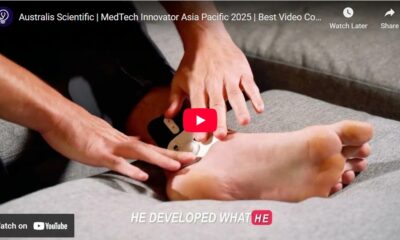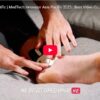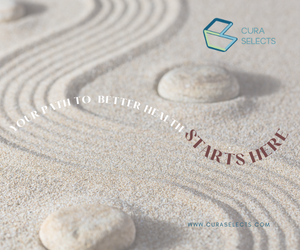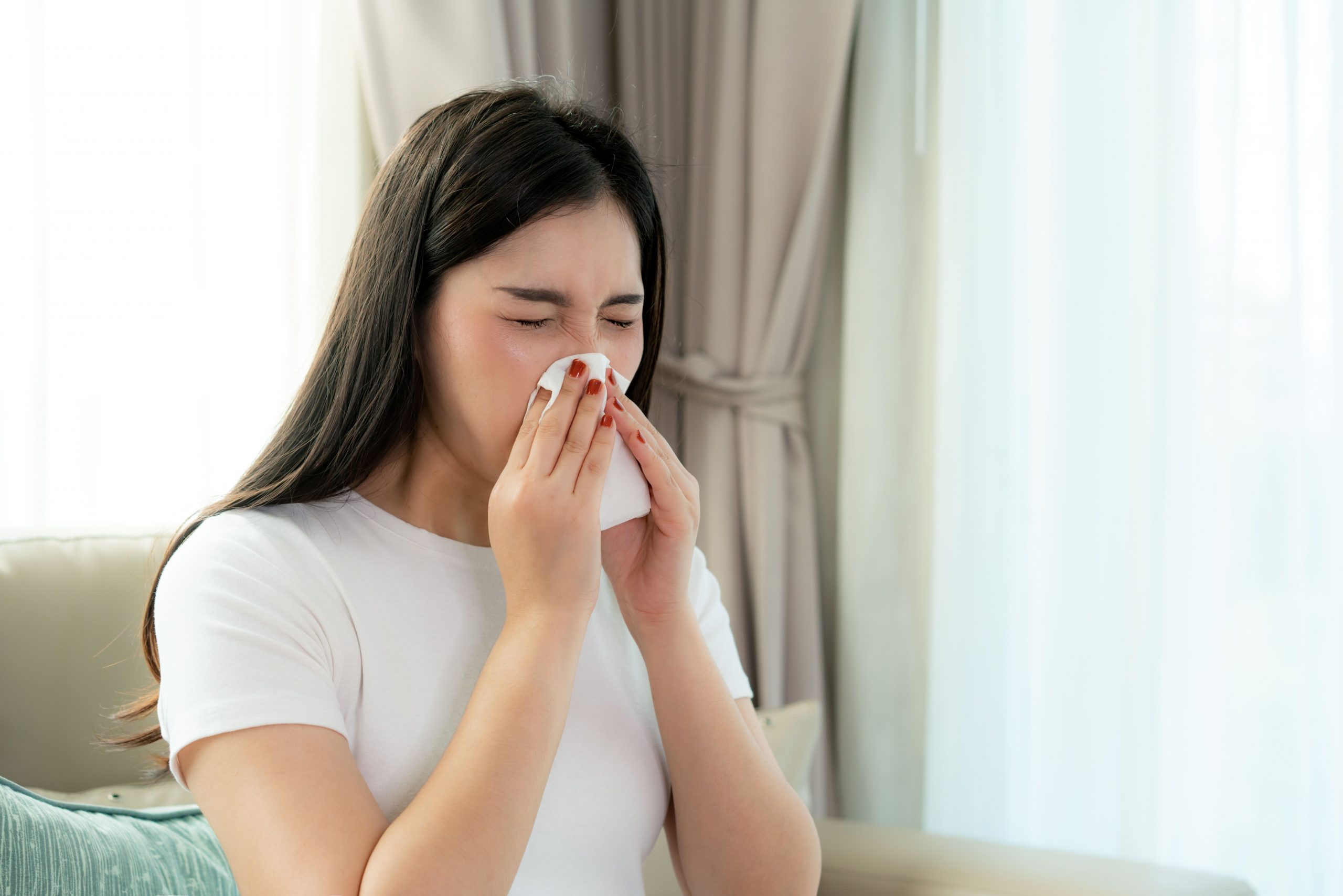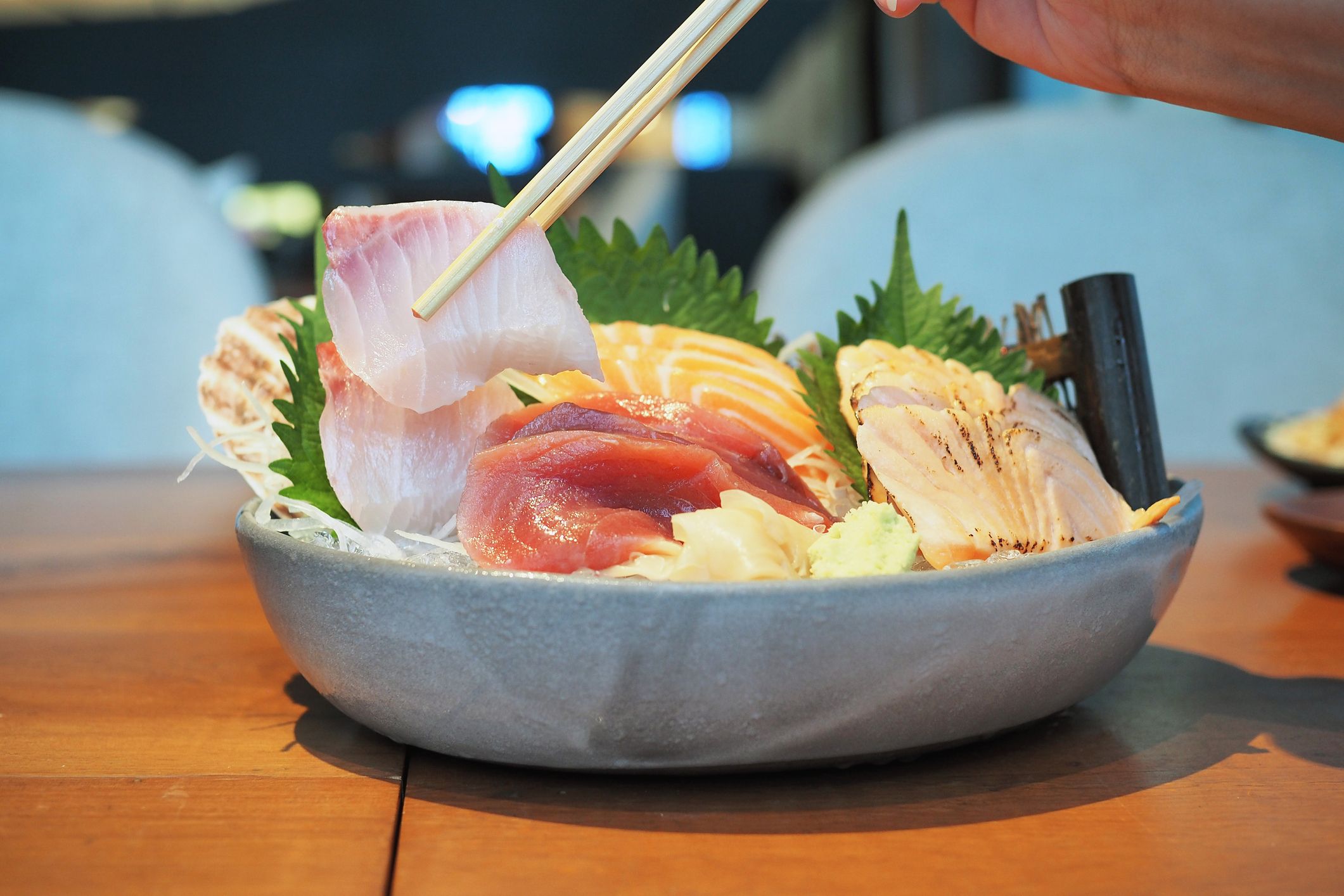Acne, commonly found in the face, chest and back regions, can be a frustrating problem that many young people (and adults) deal with regularly, resulting in social embarrassment or detrimental psychological effects. Acne is a condition which develops in and around the hair follicles and their oil-producing glands (sebaceous glands) have the potential to scar a person’s face.
Unbeknownst to many of us, we may attempt to pick on the acne region, resulting in possible scarring. What can acne sufferers do to manage their problem skin exacerbated by acne? Let’s take a look at a number of therapies to deal with problem skin conditions caused by acne.
Reducing acne scars using Chemical Peel
Chemical peels are usually used for mild cases of acne and it generally uses repeated applications of salicylic acid, glycolic acid or retinoic acid. This treatment works by attempting to remove the outer layer of old skin, and the new skin that replaces the former is usually smoother and less scarred in appearance. Acting as a mild skin exfoliant, these products are also great pore cleansers, and adding them to your personal beauty regime could improve your skin condition, especially for problem skin scarred by acne.
Combating acne through Light Therapy
Phototherapy with visible light, specifically blue light, has been shown to improve skin conditions in cases of acne and blemishes. This blue light therapy is clinically shown to control acne without harsh chemicals or prescriptions and improves the skin’s appearance. A non-invasive and designed for self-care use, the reVive Light Therapy Acne Treatment is a powerful blue light therapy solution that penetrates deep into the skin to target and destroys acne, resulting in clear skin with a healthier appearance.
Photodynamic Therapy (PDT) for acne
Photodynamic Therapy for acne is a light-activated system for destroying acne bacteria and controlling the function of over-active sebaceous glands, which affects the severity of the state of acne condition. PDT has been shown to be effective in treating severe acne or stubborn adult cases. Unlike other light-based procedures, some form of liquid medicine will need to be applied to the affected areas before the light-based treatment regime. This is so that the oil glands and clogged pores become more sensitive to light, hence increasing the efficacy of PDT.
As with any treatment based on a self-care routine, it is advisable to seek a qualified medical professional’s opinion before embarking on any such medical treatment.
This article was produced solely for the purpose of healthcare and medical knowledge. Not all innovations are available or approved for clinical use. AsiaMD may receive financial or non-financial sponsorship from the companies or institutions involved in these innovations. However, AsiaMD does not endorse any specific product or services in the article, in addition to the Terms and Conditions for the use of our AsiaMD.com website. Please consult your healthcare professional if you need more information.






